New York displaced Hong Kong as the world’s top destination for initial public offerings (IPOs) in the first three months of 2017.
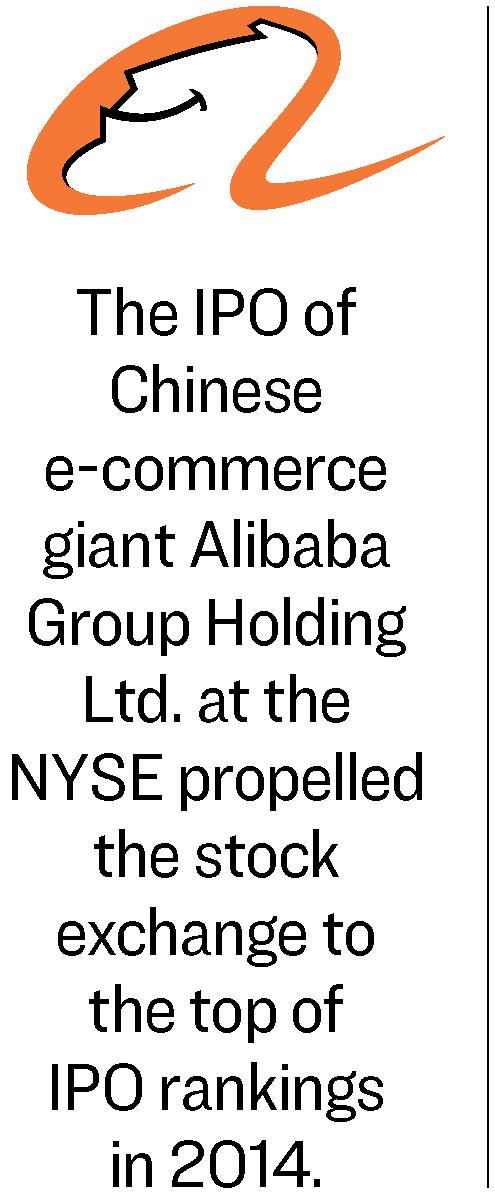
A lack of major stock offerings sent Hong Kong—meaning the main Stock Exchange of Hong Kong (HKEX) and the Growth Enterprise Market (GEM) combined—to a distant fourth place, behind New York, Shanghai, and Shenzhen.
Global IPO activity was brisk overall in the first three months of 2017, with 369 total global IPOs raising $33.7 billion in proceeds—a 146 percent increase in proceeds from the same period in 2016, according to EY data.
The New York Stock Exchange led the way with $9.6 billion in total value from 14 issuances during the first quarter. By comparison, Hong Kong’s $5.3 billion first quarter value was an 11-year low, according to data from Thomsen Reuters.
Hong Kong was the leading destination for company stock offerings in 2015 and 2016. Last year, it hosted 115 deals with a total listing value of $25 billion, almost double that of New York, which listed $13.6 billion in IPOs, according to data compiled by EY.
Allowing Dual-Class Shares
Hong Kong’s lackluster IPO market performance so far in 2017 could help accelerate reforms to listing rules.

Hong Kong Exchanges and Clearing chief executive Charles Li announced at a press conference in early January that the exchange is consulting stakeholders on the launch of a third stock exchange in Hong Kong in addition to the main HKEX and technology-focused GEM, according to the South China Morning Post.
The most talked about reform will likely be the allowance of dual-class share structure. Dual-class structure, which allows companies to have two classes of common stock with different voting rights, is popular with startups but is currently banned by Hong Kong exchanges.
The exchanges proposed allowing dual-class listing back in 2014, but the change was ultimately rejected by the Securities and Futures Commission, the city’s securities regulator.
A third stock exchange in Hong Kong, if approved, would likely host companies with dual-class share structures.
Blockbusters Determine Winners
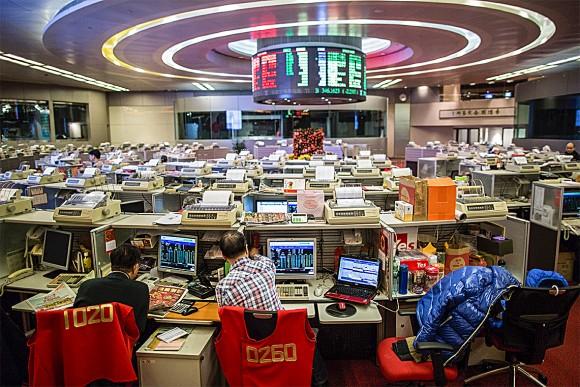
Hong Kong’s rise as a leading IPO destination over the last few years is the result of increased IPOs for Chinese companies looking to expand their access to capital by tapping foreign investors. Prior to the establishment of the recent Hong Kong–Shanghai and Hong Kong–Shenzhen stock connect portals, foreign investors had limited exposure to Chinese companies.
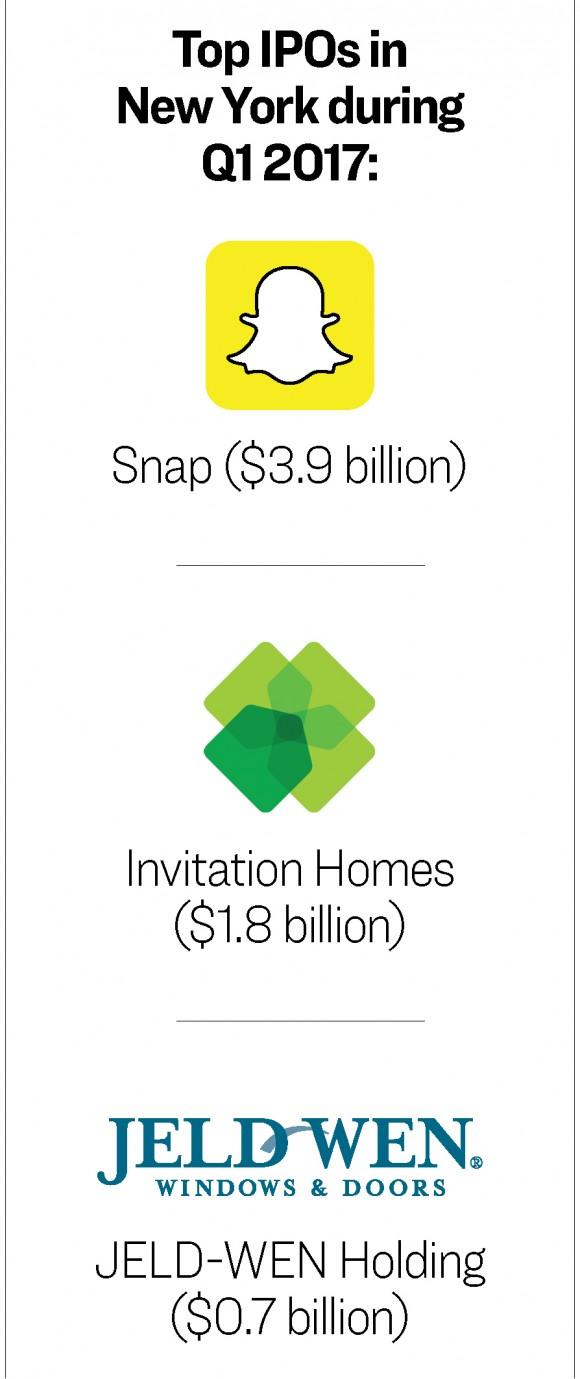
The IPO of a single major company could often swing the fortunes of a stock exchange. In 2014, Chinese e-commerce giant Alibaba Group Holding Ltd. chose to list on the New York Stock Exchange instead of Hong Kong, specifically because Hong Kong exchanges rejected Alibaba’s dual-class share structure. Alibaba’s historic $25 billion IPO, which was the biggest ever, single-handedly propelled New York to the top of IPO rankings in 2014.
While the Asia–Pacific region led the way in IPOs during the first three months of 2017, activity was spread across several regions. Greater China was the busiest, followed by Japan and Australia. The biggest Asia IPO by proceeds was that of media company Sushiro Global Holdings Ltd., which raised $611 million in Tokyo.
The United States will likely challenge Asian exchanges for IPO superiority during the rest of 2017 due to several highly anticipated technology IPOs. Airbnb Inc., Palantir Technologies Inc., and Uber Technologies Inc. are all 2017 IPO candidates, following Snap Inc.’s successful $3.9 billion IPO in March.
Last year was an especially underwhelming one for the U.S. IPO market. This was mainly due to lackluster stock market performance during the first half of the year and the mid-year shock of the United Kingdom’s decision to leave the European Union. After a slight bounce back, investors were skittish ahead of the U.S. elections. The volatile market conditions of 2016 forced some companies to push back their IPO plans.
The biggest U.S. listings in 2016 were the cross-border IPOs of Chinese logistics company ZTO Express Inc., insurance company Athene Holding Ltd., and real-estate investment trust MGM Growth Properties LLC.
Biggest Year Ever
Next year may be the biggest IPO year ever. The top IPO destination of 2018 will likely be decided by how Saudi Arabian Oil Co. chooses to list its shares.
Saudi Aramco is Saudi Arabia’s state-owned oil company. As part of the Kingdom’s plans for privatization, Saudi Aramco is exploring a 5 percent share offering in 2018. With an overall valuation of up to $2 trillion, Aramco’s 5 percent IPO will likely become the biggest in history, raising up to $100 billion in proceeds.
The Saudis are exploring several listings across the United States, Asia, and the U.K., as well as locally on the Tadawul stock exchange in Riyadh.
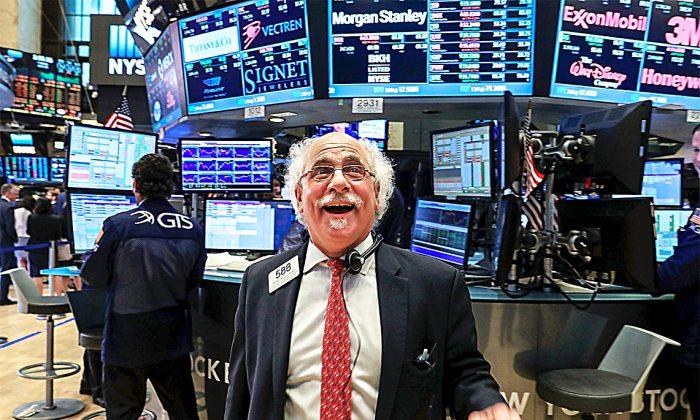



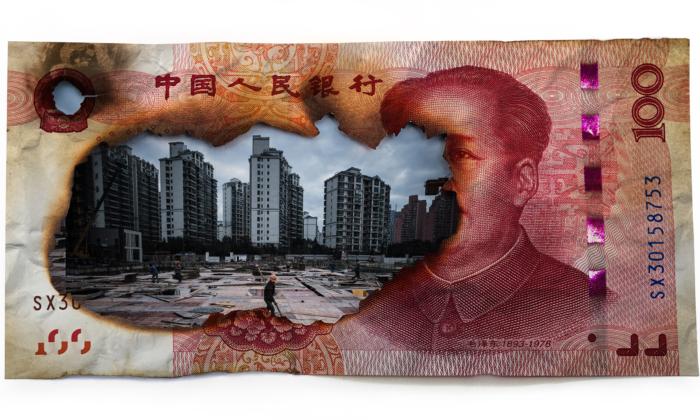

Friends Read Free